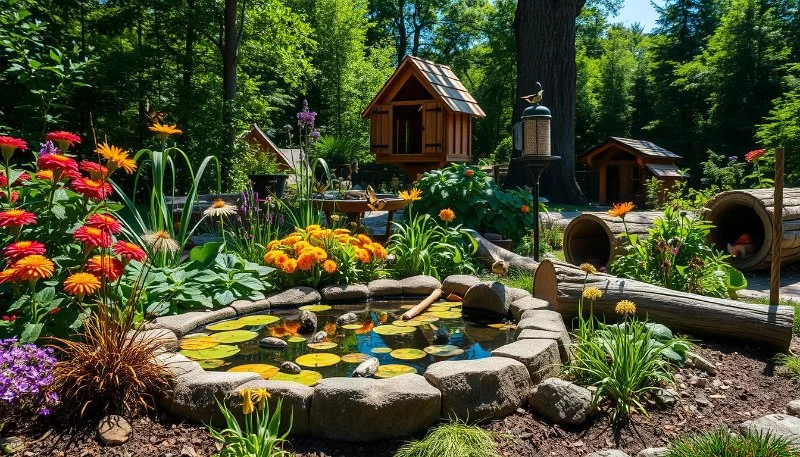
1. Introduction: The Importance of Biodiversity in Your Garden
Building a wildlife habitat garden that supports biodiversity is a rewarding and impactful way to contribute to the health of the environment. Biodiversity, or the variety of life in a given space, plays a crucial role in the stability and resilience of ecosystems. By creating a garden that welcomes a diverse range of species, from insects to birds, you’re not only enhancing your garden’s beauty but also supporting the planet’s ecological balance. This article will explore how to design a garden that attracts and supports wildlife, contributing to biodiversity in your own backyard.

Green T's Main Street Services Landscape Supply
14110 s, Illinois Rte 59, Plainfield, IL 60544, USA
2. Understanding Biodiversity and Its Importance
Biodiversity refers to the variety of life forms within an ecosystem, including plants, animals, fungi, and microorganisms. It is essential for a healthy, functioning ecosystem. Biodiversity helps maintain ecological balance by ensuring the resilience of ecosystems, making them more adaptable to environmental changes and stresses.
2.1 The Role of Biodiversity in Garden Health
When you incorporate biodiversity into your garden, you create a self-sustaining environment where different species coexist and support each other. For example, pollinators like bees and butterflies help flowers reproduce, while predators like birds control insect populations. A diverse range of plants and animals also improves soil health and water retention, creating a healthier garden overall.
2.2 Why You Should Create a Wildlife Habitat Garden
A wildlife habitat garden goes beyond simply growing plants; it focuses on creating an environment that nurtures a variety of species. By adding elements such as food sources, shelter, and water, you can support various wildlife, from small insects to larger mammals. Not only does this help protect biodiversity, but it also contributes to the greater ecological system, making your garden a small but valuable piece of nature’s puzzle.
3. Key Elements for Building a Wildlife Habitat Garden
When creating a wildlife habitat garden that supports biodiversity, several key elements must be incorporated. These elements will provide everything the species in your garden need to survive and thrive.
3.1 Planting Native Species
Native plants are essential for attracting and supporting wildlife. These plants are adapted to the local climate and soil, providing food and shelter for native animals. Native flowers, shrubs, and trees are also easier to maintain and require fewer chemicals compared to non-native species. Some great options for attracting pollinators include purple coneflowers, bee balm, and milkweed. Trees like oaks and maples provide shelter for birds and squirrels, while also producing acorns and seeds that serve as food.
3.2 Providing Water Sources
Water is a crucial resource for wildlife. By adding a water feature such as a birdbath, pond, or small stream, you provide a place for wildlife to drink, bathe, and cool down. Water sources also attract a wide variety of species, including birds, insects, amphibians, and mammals. Ensure that the water source is kept clean and shallow enough for smaller animals to access, and add rocks or plants around the edges for safe entry and exit.
3.3 Creating Shelter and Nesting Sites
Wildlife needs shelter to feel safe and secure. Adding plants with dense foliage, shrubs, or trees provides animals with places to hide from predators. Building structures such as birdhouses, bat boxes, and insect hotels gives creatures specific spots to nest and rest. If you have the space, you can also create small habitats like rock piles, log piles, or brush piles to offer shelter to ground-dwelling species like frogs and small mammals.
3.4 Minimizing Chemical Use
To ensure that your garden remains a safe haven for wildlife, it’s important to limit the use of chemicals such as pesticides, herbicides, and synthetic fertilizers. These chemicals can harm beneficial insects, birds, and other wildlife. Instead, opt for organic gardening methods such as using compost to fertilize your plants and natural pest control methods like introducing beneficial insects or using companion planting.
4. Designing Your Garden to Attract a Variety of Species
To maximize the impact of your wildlife habitat garden, you should aim to create a diverse landscape that offers multiple types of habitats and resources for different species. This diversity increases the likelihood of attracting a wide range of animals, from pollinators to birds, mammals, and insects.
4.1 Layering Plants for Different Levels of Shelter
One effective design technique is layering your plants, creating different levels of height and density. This mimics the structure of natural ecosystems and provides shelter for a variety of species. Plant taller trees and shrubs at the back of your garden and place smaller flowers and ground covers in the front. This ensures that different animals can find shelter and food at various heights in the garden.
4.2 Incorporating Seasonal Diversity
A diverse garden will offer food and shelter year-round. Choose plants that bloom in different seasons to ensure that pollinators have access to nectar throughout the year. For example, early spring flowers like crocuses and daffodils attract bees when they emerge from hibernation, while late summer and fall flowers like asters and goldenrod provide food when other plants are dormant.
5. Real-Life Example: A Garden That Supports Local Wildlife
One inspiring example comes from a homeowner in California who transformed their urban backyard into a vibrant wildlife habitat. By planting native California poppies, lavender, and manzanita, they attracted a variety of pollinators, including honeybees and butterflies. They also added a small pond with aquatic plants, which attracted frogs and dragonflies. Over time, the garden became a haven for birds, butterflies, and other wildlife, proving that even small spaces can support biodiversity when designed thoughtfully.
6. Final Thoughts: The Impact of Your Wildlife Habitat Garden
Building a wildlife habitat garden is not only a way to enhance the beauty of your backyard but also a powerful way to support biodiversity. By providing food, water, shelter, and a pesticide-free environment, you can create a thriving ecosystem that attracts a variety of species. Every small step you take toward creating a wildlife-friendly garden contributes to the broader effort of preserving and enhancing biodiversity for future generations.
If you're looking for the right plants and tools to start your wildlife habitat garden, visit Beautiful Landscapes. We offer a wide selection of native plants, garden accessories, and expert advice to help you create a garden that supports biodiversity.

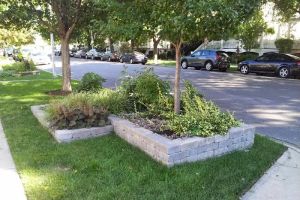
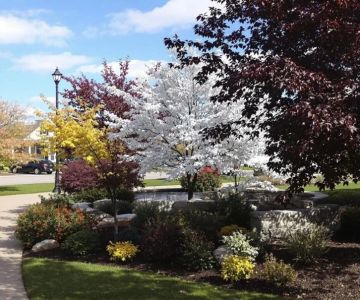
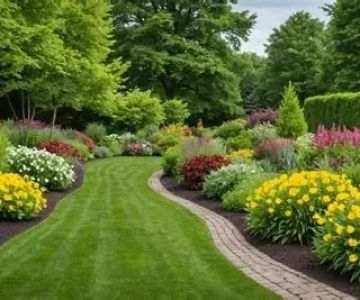

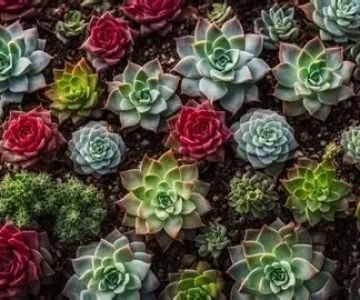
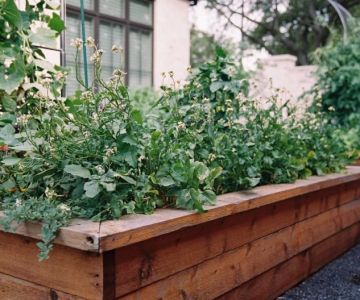
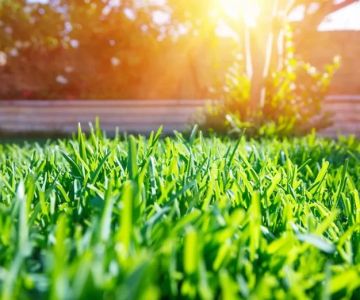
 Infinity Lawn & Landscaping4.0 (52 reviews)
Infinity Lawn & Landscaping4.0 (52 reviews) QualityWorks Trademark LLC4.0 (30 reviews)
QualityWorks Trademark LLC4.0 (30 reviews)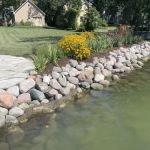 Eubanks Environmental5.0 (10 reviews)
Eubanks Environmental5.0 (10 reviews) BrightView Landscape3.0 (16 reviews)
BrightView Landscape3.0 (16 reviews) Statements In Stone Pool and Patio4.0 (47 reviews)
Statements In Stone Pool and Patio4.0 (47 reviews) Schmitt's Landscape Tree service North Aurora4.0 (4 reviews)
Schmitt's Landscape Tree service North Aurora4.0 (4 reviews)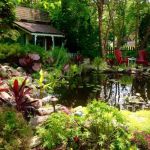 How to Landscape for Seasonal Wildlife Attraction in Your Garden
How to Landscape for Seasonal Wildlife Attraction in Your Garden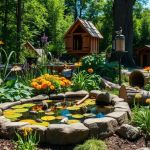 How to Build a Wildlife Habitat Garden That Supports Biodiversity
How to Build a Wildlife Habitat Garden That Supports Biodiversity How to Use Garden Art to Add Personality to Your Outdoor Space
How to Use Garden Art to Add Personality to Your Outdoor Space How to Plan Outdoor Fire & Water Features Harmoniously for Your Garden
How to Plan Outdoor Fire & Water Features Harmoniously for Your Garden How to Revive a Neglected Lawn Step by Step
How to Revive a Neglected Lawn Step by Step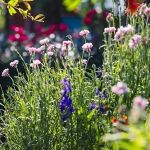 How to Choose Native Shrubs That Thrive Without Fertilizer
How to Choose Native Shrubs That Thrive Without Fertilizer